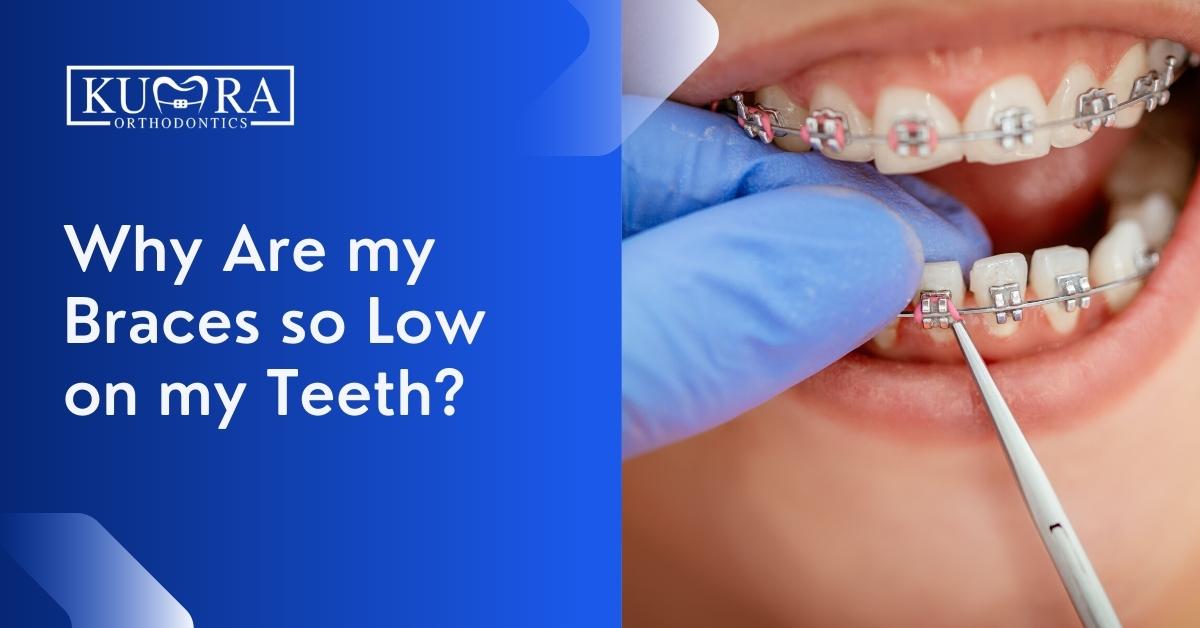How Cumming Orthodontics Addresses Common Braces and Invisalign Problems
How Cumming Orthodontics Addresses Common Braces and Invisalign Problems
Blog Article
Comprehensive Overview to Orthodontics Procedures for Fixing Dental Imbalances
In the realm of orthodontics, the journey to attaining a perfectly lined up smile includes a myriad of treatments tailored to correct oral misalignments. From standard dental braces to undetectable aligners and even surgical options, the field of orthodontics provides a variety of options to attend to differing levels of oral abnormalities. Understanding the intricacies of each procedure, including their devices, benefits, and potential drawbacks, is essential in making notified decisions regarding one's orthodontic treatment. As we navigate with the extensive guide to orthodontic procedures for correcting dental misalignments, the intricate details of each approach will certainly unravel, dropping light on the path toward a useful and unified dental alignment.
Orthodontic Procedures Summary

Routine modifications and tracking are crucial components of orthodontic therapy to make certain progress is on track and to make any needed adjustments along the method. By going through orthodontic treatments, individuals can not just attain a straighter smile however likewise boost their total dental health and wellness and function.
Typical Dental Braces: Just How They Function
When considering orthodontic treatments for oral imbalances, traditional braces stand out as a reliable method for dealing with teeth positioning. Conventional dental braces are composed of braces, wires, and bands that function with each other to apply constant stress on the teeth, progressively relocating them into the preferred placement.
One secret element of just how traditional braces work is the process of bone improvement. As pressure is related to the teeth with the dental braces, the bone bordering the teeth is improved to sustain the brand-new tooth positions. This renovation is necessary for the lasting security of the corrected alignment. Clients will need routine changes at the orthodontist's workplace to make certain the dental braces proceed to use the proper stress for effective teeth activity.
Unseen Aligners: Disadvantages and pros
Undetectable aligners provide a discreet and hassle-free option to conventional braces for dealing with oral imbalances. These clear, customized trays are essentially undetectable when used, making them an appealing option for people seeking an extra cosmetically pleasing orthodontic treatment. One of the key advantages of undetectable aligners is their removability, enabling easier upkeep of dental hygiene contrasted to standard braces. People can eliminate the aligners before eating or cleaning their teeth, decreasing the threat of food getting embeded the home appliance and simplifying the cleansing process.

Surgical Orthodontic Options
Surgical treatments in orthodontics existing feasible choices for attending to complicated dental misalignments that might not be effectively fixed with standard orthodontic treatments. While unseen aligners and traditional braces can correct several orthodontic concerns, specific cases require medical treatment to accomplish ideal results. Surgical orthodontic options are typically advised for serious malocclusions, significant jaw disparities, and instances where the underlying bone framework needs modification to attain appropriate alignment.
One usual surgical orthodontic treatment is orthognathic surgical procedure, which entails repositioning the jaws to deal with practical issues such as problem chewing cosmetic dental care or talking. This surgical treatment is frequently executed in partnership with an orthodontist that assists straighten the teeth before and after the treatment. Surgical orthodontics might likewise entail procedures to reveal influenced teeth, get rid of excess gum cells, or improve the jawbone to create an extra harmonious face account.
Before considering surgical orthodontic choices, patients go through a thorough examination to determine the requirement and prospective advantages of such interventions. cumming braces. While surgery might appear challenging, it can dramatically improve both the function and aesthetic appeals of the smile in instances where conventional orthodontic treatments drop short
Retainers and Post-Treatment Treatment

Post-treatment treatment includes complying with the orthodontist's guidelines diligently. This may include appropriate dental health techniques, attending click this link follow-up appointments, and using the retainers as recommended. Failure to follow post-treatment treatment directions can cause regression, where the teeth progressively relocate back in the direction of their initial settings. Constant retainer wear, great dental hygiene, and normal oral exams are crucial for keeping the outcomes attained with orthodontic surgical treatment and making sure the long-lasting stability of the fixed dental alignment.
Conclusion
In index verdict, orthodontic treatments provide various alternatives for remedying dental imbalances. Typical braces use steel brackets and cords to move teeth into appropriate alignment. Unseen aligners supply a more very discreet option yet may not appropriate for all situations. Surgical orthodontic options are readily available for a lot more extreme imbalances. Retainers are typically used post-treatment to preserve the new alignment. On the whole, orthodontic procedures can effectively enhance oral health and wellness and visual appearance.
As we navigate with the thorough guide to orthodontic procedures for fixing oral imbalances, the elaborate information of each approach will unfold, dropping light on the course toward a functional and harmonious oral placement. - cumming braces
One of the most common orthodontic treatments is the use of braces, which are composed of steel braces and cords that use gentle pressure to slowly change teeth right into the wanted position.When considering orthodontic treatments for dental misalignments, standard dental braces stand out as a time-tested technique for remedying teeth placing. In addition, invisible aligners may not be suitable for complex orthodontic concerns that need more considerable teeth motion, as they are commonly advised for light to modest instances. Retainers are tailor-made orthodontic tools designed to hold teeth in their corrected positions after the conclusion of orthodontic therapy.
Report this page